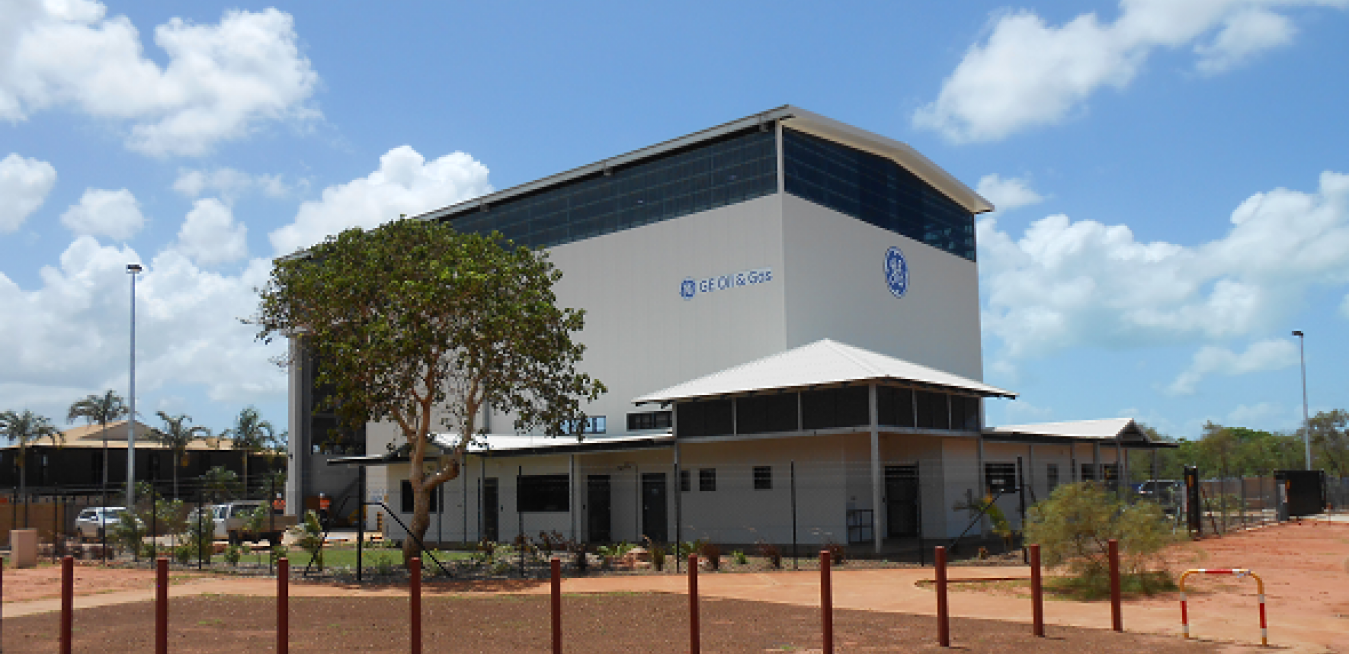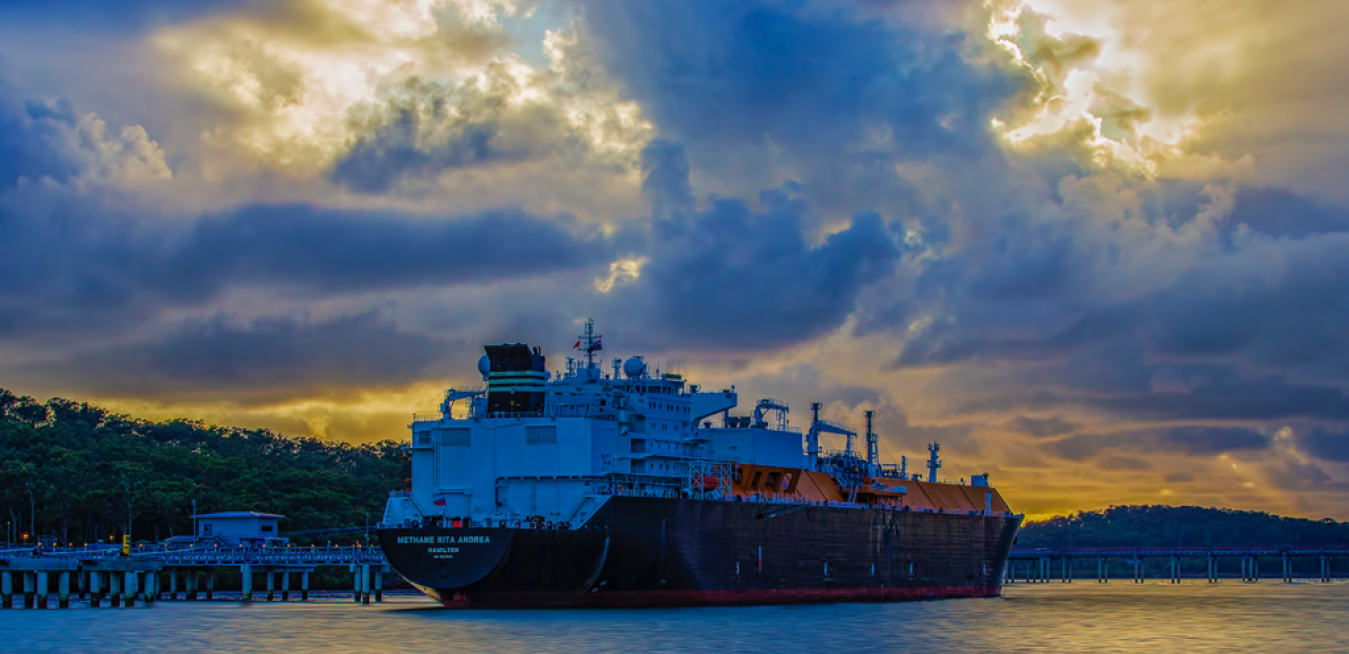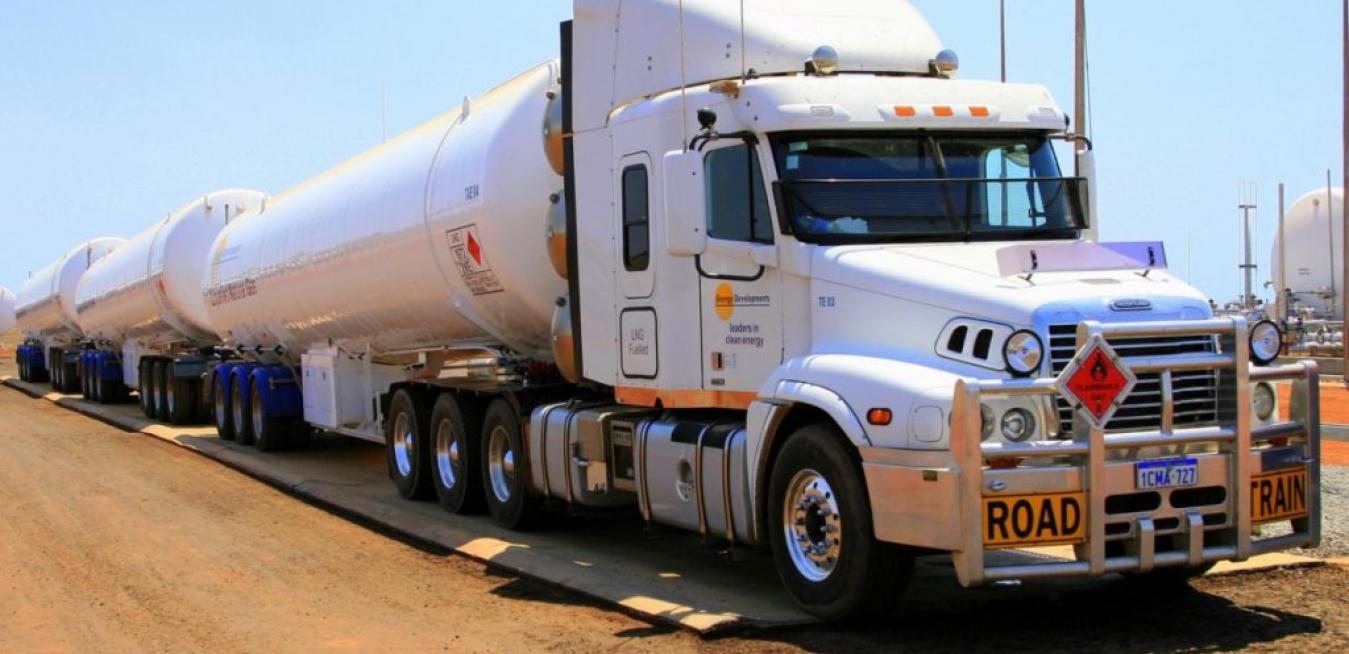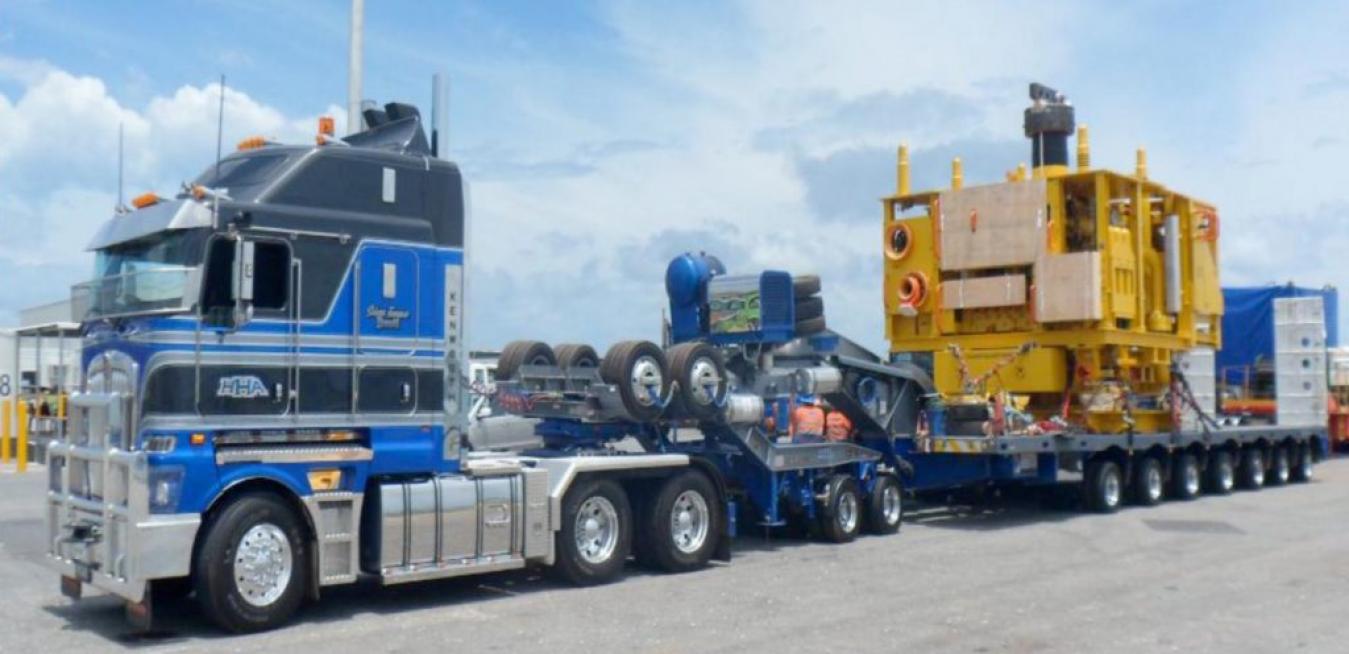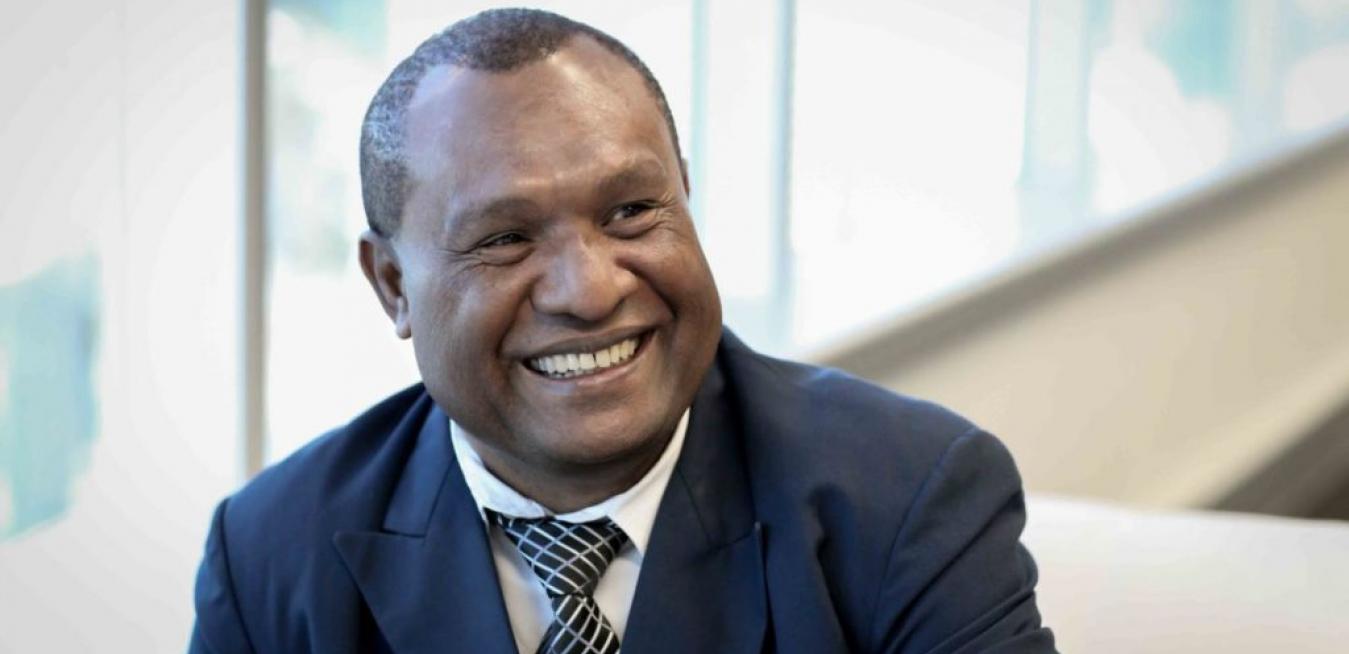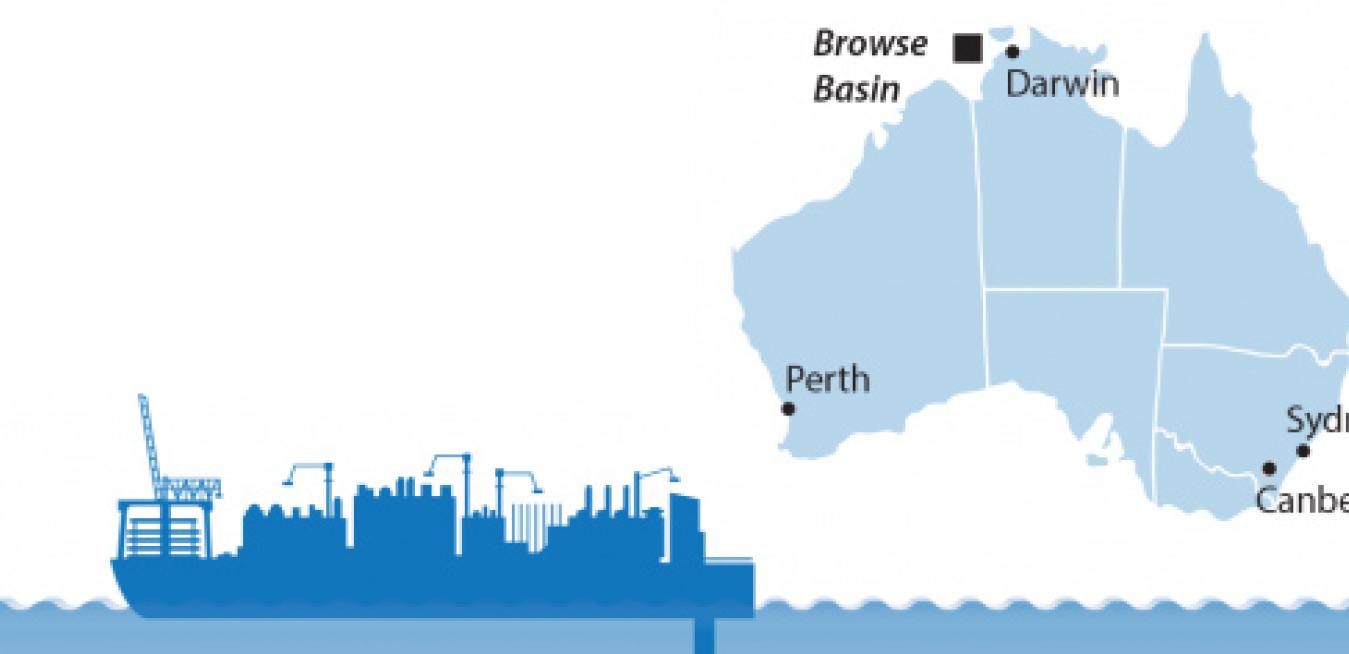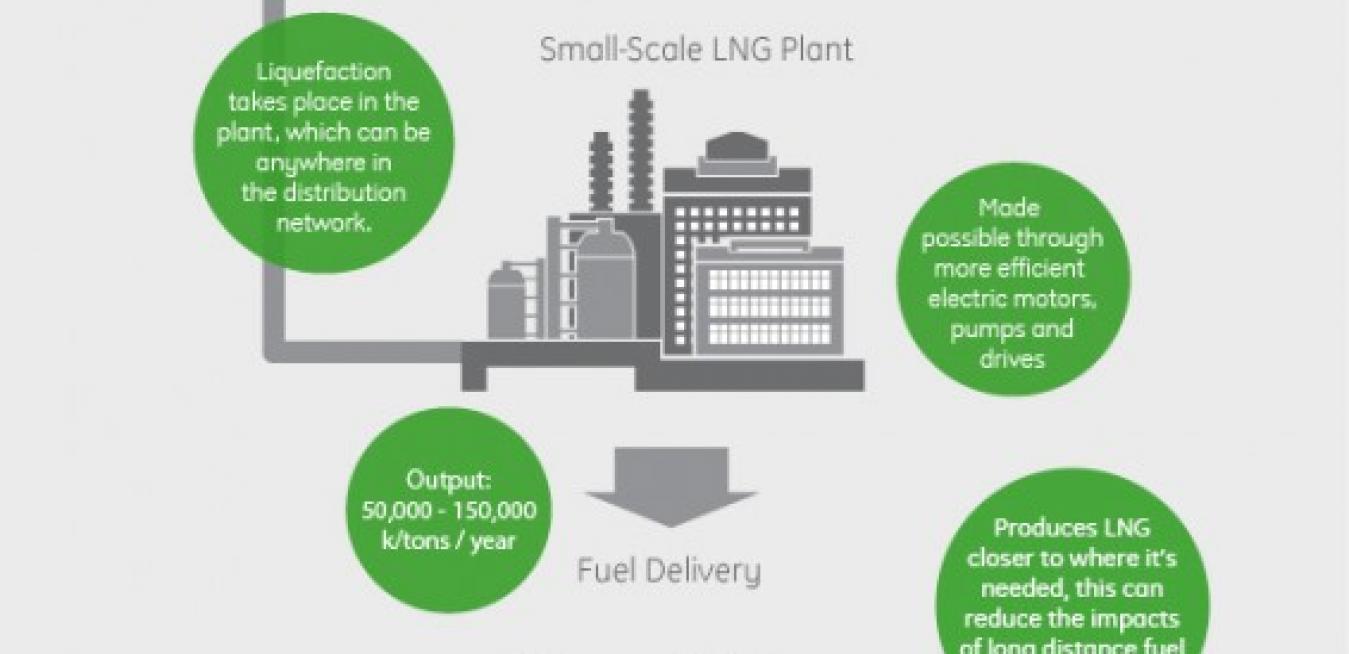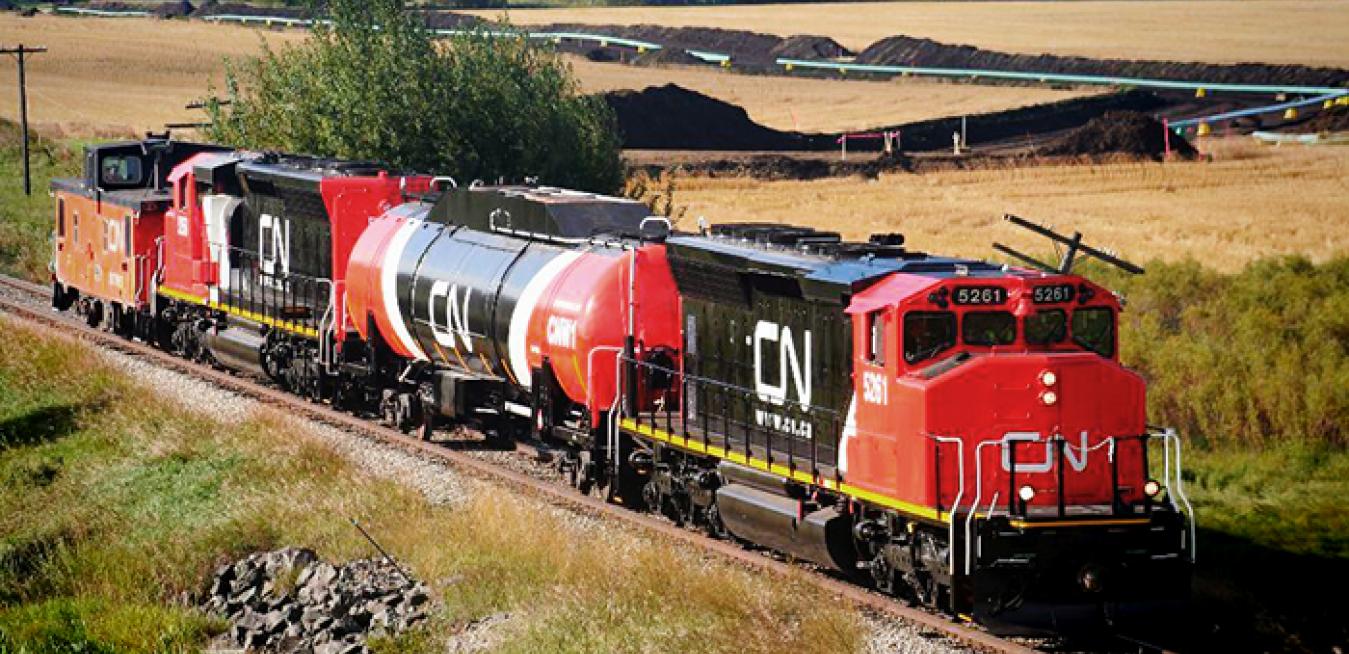In the beautiful town of Broome, Western Australia, they are expecting some incredible technologies to come visit. Not the usual tourists, these massive subsea machines will check their bags in at the newly opened GE Oil & Gas subsea facility, before heading 220 km offshore to the INPEX operated Ichthys LNG project.
The beauty of virtual pipelines—routes established to transport natural gas by truck, rail or sea—lies in their flexibility and cost effectiveness. And the economics are constantly ticking over to favour gas over diesel in remote and off-grid applications.
GEreports: Peter Loko, as the Country Leader for GE in PNG, how does it feel to start this new role?
Peter Loko: It’s exciting, it’s a new chapter in my life so I’m looking forward to the challenge.
GEreports: You have had many years experience working in PNG. Tell us a little bit about your professional background?
Global energy use is expected to grow by 56 percent from 2010 to 2040, and there aren’t enough vessels to meet the fast-growing global demands for LNG. Ninety-six vessels were on order last year—representing a 25 percent growth to the global fleet of around 370 vessels.
A report from the Energy Information Administration said that LNG “will play an increasing role in powering freight locomotives in coming years.”
